Revue archéologique
ISSN: 0035-0737
ISSN en ligne: 2104-3868
Créée en 1844, la Revue archéologique est l'un des plus anciens périodiques scientifiques français. Très lu en France, il est aussi l'un des plus connus à l'étranger, et constitue une référence sur le plan international. Il n'est l'organe ni d'une institution ni d'une école et son indépendance rédactionnelle est totale : le seul critère est celui de la qualité et de l'originalité de la recherche, comme le démontrent le haut niveau et la diversité de ses collaborateurs.
Le domaine d'élection de la Revue archéologique est l'Antiquité classique, mais elle fait aussi une large part aux civilisations périphériques, de l'Italie étrusque à l'Asie centrale en passant par l'Anatolie. Sur le plan des méthodes, elle s'intéresse à tous les domaines de la recherche : géographie historique, architecture et urbanisme, sculpture, peinture et céramique, artisanat. Les études de technique, d'iconographie, l'histoire de l'art et les problèmes historiques et sociaux liés à l'archéologie sont largement représentés, sans aucune exclusive épistémologique. En outre, la Revue se distingue par sa qualité graphique, avec une illustration en couleurs chaque fois que cela est nécessaire.
Plusieurs rubriques tiennent le lecteur informé de l'actualité de la recherche : les comptes rendus bibliographiques, le Bulletin de la Société française d'Archéologie classique, avec le résumé des conférences mensuelles de cette société, et enfin des chroniques bibliographiques, parmi lesquelles les Recherches récentes sur les verres grecs et romains et le Bulletin d'architecture du monde grec.
Revue bénéficiant de la reconnaissance scientifique du CNRS.
Moving wall. Open access through 2018This journal is available in English on Cairn International








































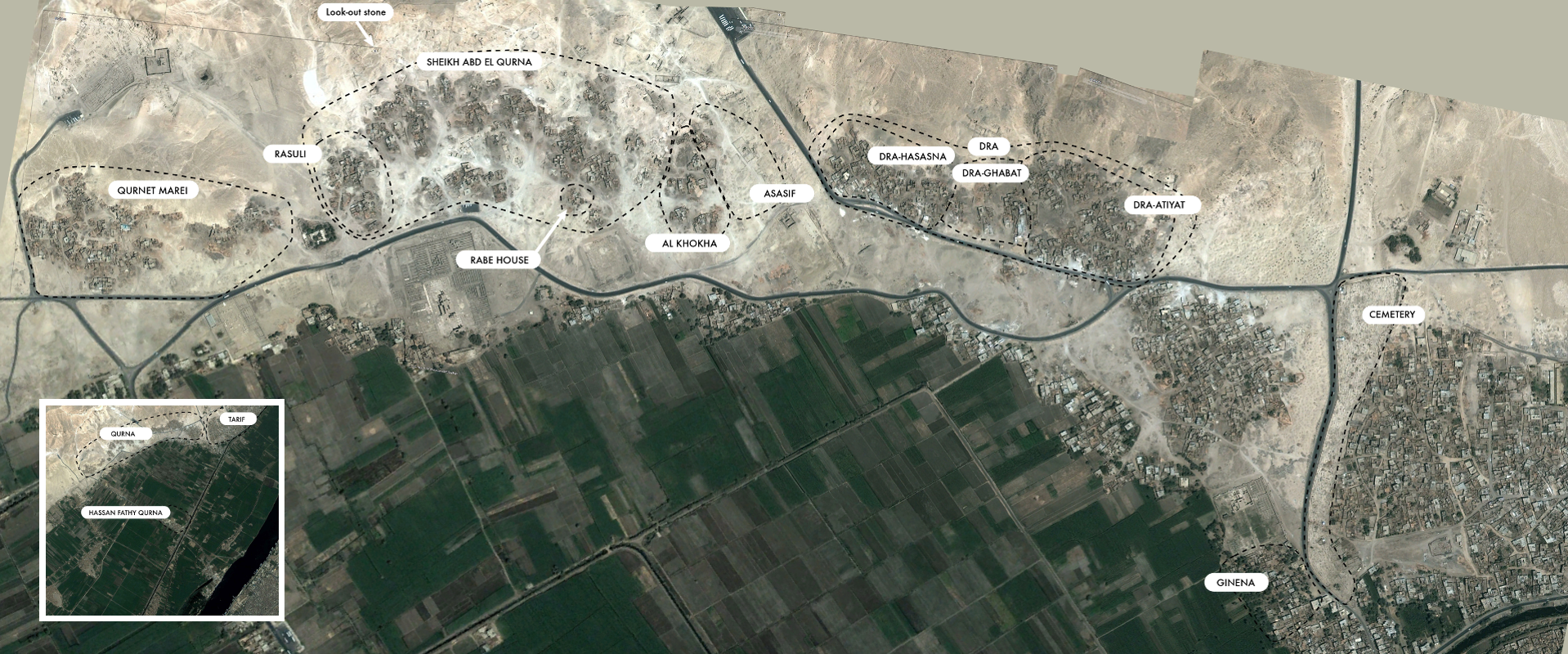

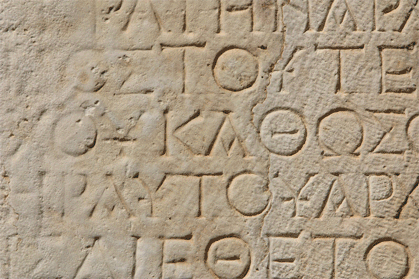
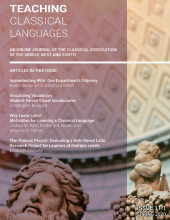
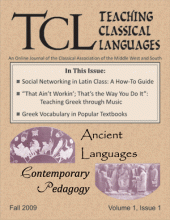
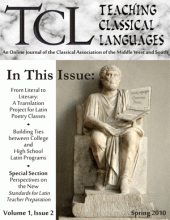
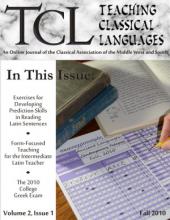
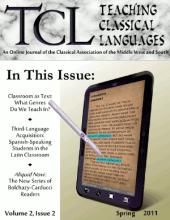
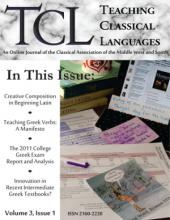
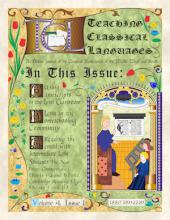
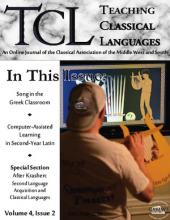
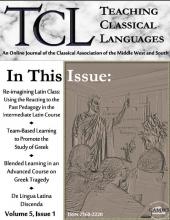

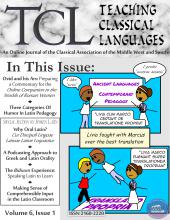
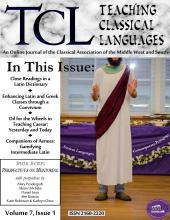
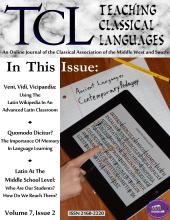
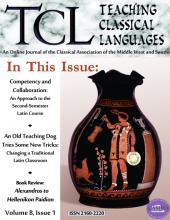
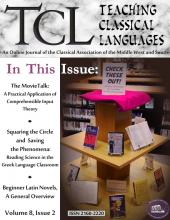
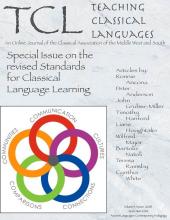
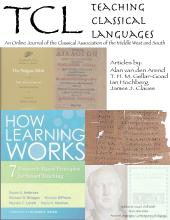
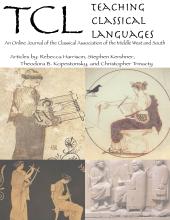









 Stumble It!
Stumble It!
